Researchers in Switzerland have used a combination of reaction informatics tools to compare pairs of molecular structures by considering how to transform one into the other.1 While some pairings entailed feasible transformations, others required multiple and complex structural rearrangements. The team likened the second set of transformations to alchemical transmutations, to emphasise their complexity.
Comparing and mapping molecules in chemical space, where distances represent similarities between molecules, can reveal structural similarities and relationships that drive drug development. However, there are many ways to define molecular similarity, which leads to an overwhelming number of ways to compare structures.
A team led by Jean-Louis Reymond, from the University of Bern, set out to overcome this by developing a new way to analyse molecular databases that combines information on structural similarity with tools borrowed from reaction informatics. The team used several datasets to test the method, including a database of US Food and Drug Administration-approved drugs.
They started by using the differential reaction fingerprint (DRFP) algorithm, which represents molecules as mathematical objects, to select pairs of molecules. DRFP graphed the drug pairs in chemical space with their nearest neighbours, according to a similarity measure. They then used RXNMapper, a model trained on one million chemical reactions, to pair corresponding atoms between reactants and products. RXNMapper formulated each pair’s transformation of one drug into the other, irrespective of whether the transformation was chemically possible.
Assigning an atom-mapping confidence score for the transformation of each pair allowed the researchers to distinguish drug pairs that are related by feasible chemical processes, from pairs related by more complex changes. ‘We looked at some of the tricks that come out of reaction informatics, in particular this atom mapping, where the computer uses an AI system to look at how the reaction is possible at all, and we can then automatically find pairs where the transformation is possible,’ explains Reymond. ‘In a way, it’s not alchemical, but it highlights very interesting relationships.’
Pairs with high atom-mapping confidence scores indicate transformations with complex structural rearrangements. These include scaffold hopping changes – compounds that have similar biological activity but different molecular components. For example, seven of the eight molecular fingerprints used for pairing matched hydrocodone with tetrabenazine. To transform one into the other involves forming an exotic double ring then reshuffling 23 atoms. Uncovering scaffold hopping changes could be a useful method for drug design. However, many of the complex transformations identified by atom mapping look daunting to realise.

José Medina-Franco from the National Autonomous University of Mexico has developed a concept called the chemical multiverse,2 which analyses compound datasets through several functional and structural properties. He says Reymond’s team’s work is related to the chemical multiverse concept: ‘The rationale behind the combined or consensus representation of the chemical space is that a single structure representation cannot capture all the relevant information.’
‘One of the key challenges in science today’ is to develop ways of processing data, and exploiting existing tools in new ways can help us to understand big data, reflects Reymond. Potential transformations can get ‘lost in a pile of data’, but he explains that combining tools is a useful way to highlight the possible connections between different compounds.
Medina-Franco agrees: ‘Adding to the chemical space analysis metrics that capture chemical reaction similarity and estimated feasibility of chemical reactions’ could aid medicinal and synthetic chemists in ‘designing chemical libraries by identifying meaningful and plausible chemical transformations.’
Reymond’s team intends to continue its work in this field. And in the future, they want to integrate chirality into molecular fingerprints, which is a current challenge for chemoinformatics.
References
1 M Orsi et al, Digit. Discov., 2023, DOI: 10.1039/d3dd00039g
2 J Medina-Franco et al, Mol. Inform., 2022, 41, 2200116 (DOI: 10.1002/minf.202200116)
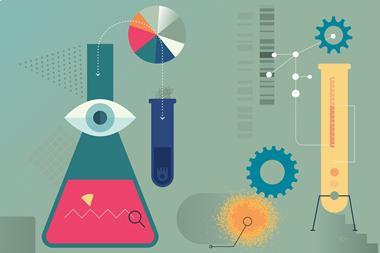
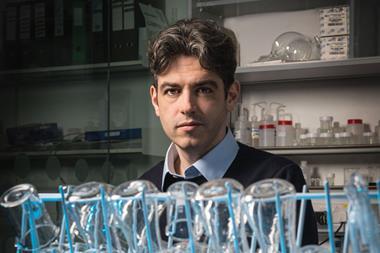
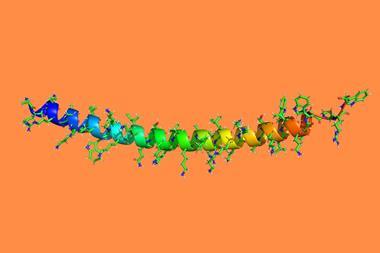
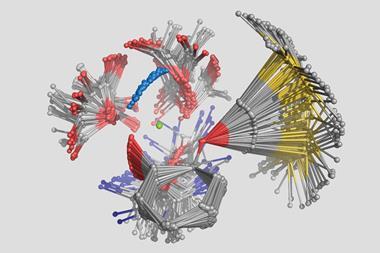
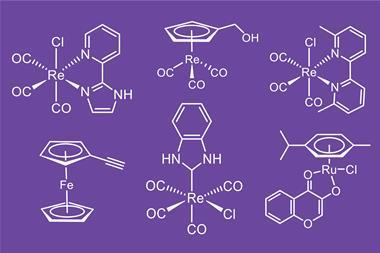
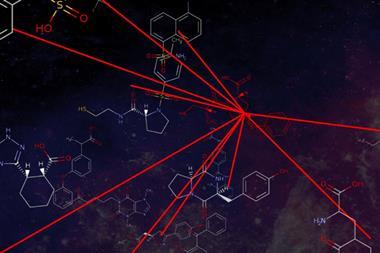






No comments yet